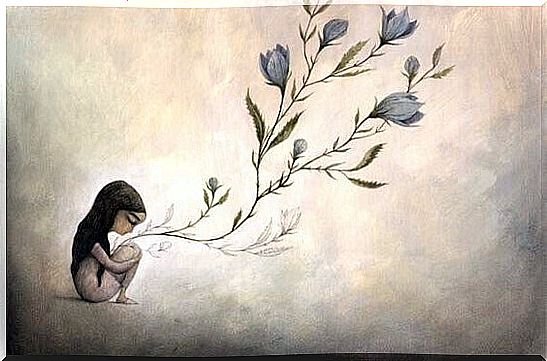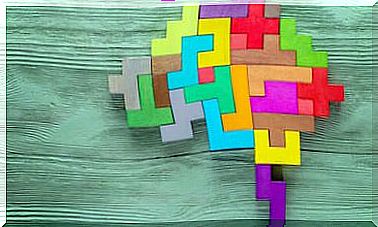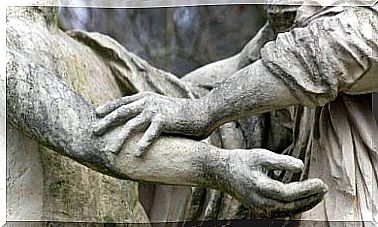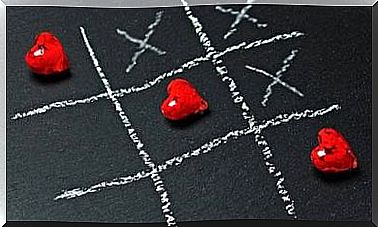Kohlberg’s Theory Of Moral Development
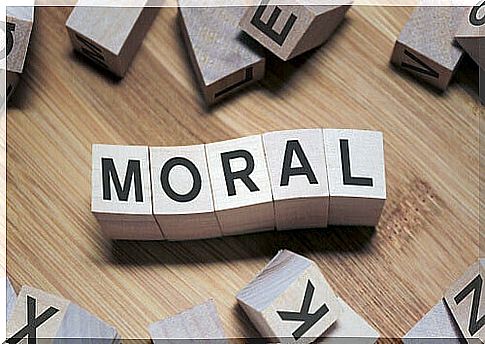
We have all developed our own non-transferable morality: values that not only separate “good” from “bad” in an abstract world, but also influence our behaviors, perceptions, and thoughts. You could even say that it can be so internalized that it influences our emotions. One of the most important and influential models that attempt to explain the development of our morality is Kohlberg’s theory of moral development.
On the other hand, being all endowed with a morality, establishing a universal frame of reference has always been one of the great questions which has preoccupied many philosophers and thinkers. And we can observe from Kantian perspectives of morality, based on group benefit, to utilitarian perspectives, inspired by individual good.
Psychologist Lawrence Kohlberg wanted to move away from the content of morality and study how it develops in people. He wasn’t interested in what was right or wrong, he cared about how we come up with this idea of right or wrong. Through a multitude of interviews and studies, he has observed that moral building increases as children grow older. Likewise with other skills, such as language or the ability to reason.
In Kohlberg’s theory of moral development, the conclusion is drawn that moral development passes through three levels: pre-conventional, conventional and post-conventional. Each of them is divided into two stages. It is important to understand that not all go through all the stages and not all reach the last level of development. Let’s explain each of the stages in detail below.
Kohlberg’s theory of moral development
Orientation towards punishment and obedience
This stage of Kohlberg’s theory of moral development is part of the pre-conventional level. Here we find that the person delegates all moral responsibility to an authority. The criteria for what is right or wrong are given by rewards or punishments granted by authority. A child may think that not doing his homework is bad because his parents punish him if he doesn’t.
This thinking hinders the ability to assume that there may be moral dilemmas: statements that do not have a morally clear answer. It is because everything is posed from the sole point of view of authority that the legitimate person. Here we find the simplest level of moral development, where differences of interest or behavioral intentions are not taken into account. At this point, the only thing that is relevant are the consequences: reward or punishment.
Orientation towards individualism or hedonism
At this stage of Kohlberg’s theory of moral development, it already appears that interests vary from one individual to another. And although the criteria for deciding what is right or wrong are still the consequences of actions, they are no longer marked by others. In doing so, the individual will think that whatever gives him a benefit will be good, or bad, which implies a certain distraction or discomfort.
Sometimes, despite the selfish view of this stage of Kohlberg’s moral development theory, the individual may think it is okay to meet the needs of others. But only when there is reciprocity or a pragmatic guarantee. That is, the thought that if I do something for another, the other will have to do something for me. This step is a little more complex than the previous one, because the individual no longer delegates to another for the construction of his morality, although the reasons are still simple and selfish.
Orientation towards interpersonal relationships
In this stage begins the conventional stage of moral development. Because the individual begins to have more and more complex relationships, he must let go of the selfishness of the previous stage. The important thing at this level is to be accepted by the group. As a result, morality will revolve around him.
For the person in this state, what is good will be what pleases or helps others. What starts to matter here are the good intentions of the behaviors and the extent to which they are approved by others. The definition of morality in this step is based on being a “good person”, loyal, respectable, collaborative and pleasant.

There is a very curious test to detect when children reach this stage. It consists of making them watch two videos:
- In one appears a child who makes a joke ( causes a little harm, but intentionally ).
- In another, a different child appears who also causes greater harm, but this time unintentionally (eg stains himself or drops a glass unintentionally ).
Children who have already incorporated intention as a modulating variable in their moral judgments will say that the one who did the most badly is the child who wanted to cause the harm, even if it was not very serious. On the other hand, children in the early stages of Kohlberg’s theory of moral development will say that it is worse to have caused the greatest harm, regardless of the unintentional aspect.
Orientation towards social order
The individual ceases to have a vision based on the group, to pass to a vision based on the society. Pleasing the group or people around me no longer matters. The test of what is good or bad is based on whether the behavior maintains or impedes social order. The important thing is that the society is stable and that there is no chaos.
Here we observe a strong respect for law and authority. This despite restrictions on individual freedoms for our good, in favor of social order. Morality goes beyond personal ties and is tied to current legislation, which must not be disobeyed, in order to maintain social order.
Orientation towards the social contract
Here we enter the last level of moral development, a stage that very few individuals reach in their lives. Here, morality begins to be understood as flexible and variable. For these individuals, good or bad exists because a society has created a contract that establishes moral standards.
People at this stage understand the purpose of laws and on that basis criticize or defend them. In addition, these laws are not for them eternal and can be improved. For people or children who are at this stage, morality implies voluntary participation in an accepted social system, since the constitution of a social contract is better for oneself and for others than its absence.
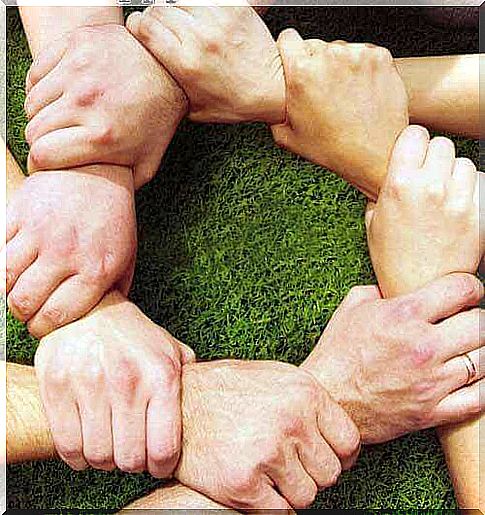
Orientation towards the universal ethical principle
This stage of Kohlberg’s theory of moral development is the most complex. The individual creates his own understandable, rational and universally applicable ethical principles. These principles go beyond laws and are abstract moral concepts that are difficult to explain. The person builds his morality according to how he believes that society should exist and not how society imposes it.
An important aspect of this step is the universality of the application. The individual applies the same criteria to others as to himself. He treats others, at least he tries, as he himself would like to be treated. Because if it weren’t, we’d be on a much simpler level, akin to the stage of orienting towards individualism.
Now, knowing how morality develops in people according to Kohlberg’s theory of moral development, we have the opportunity for personal reflection. What stage of moral development are we at?
